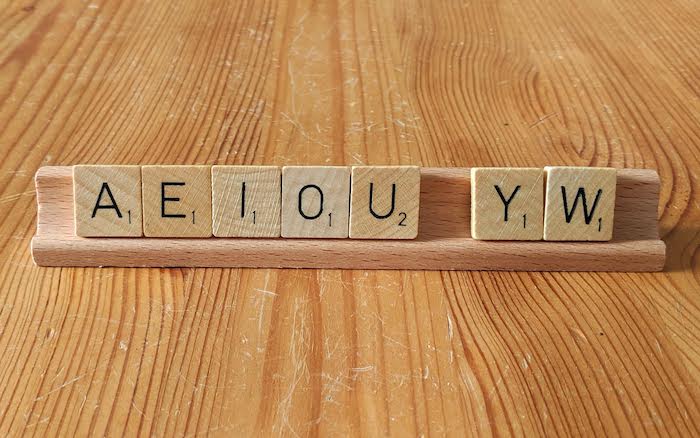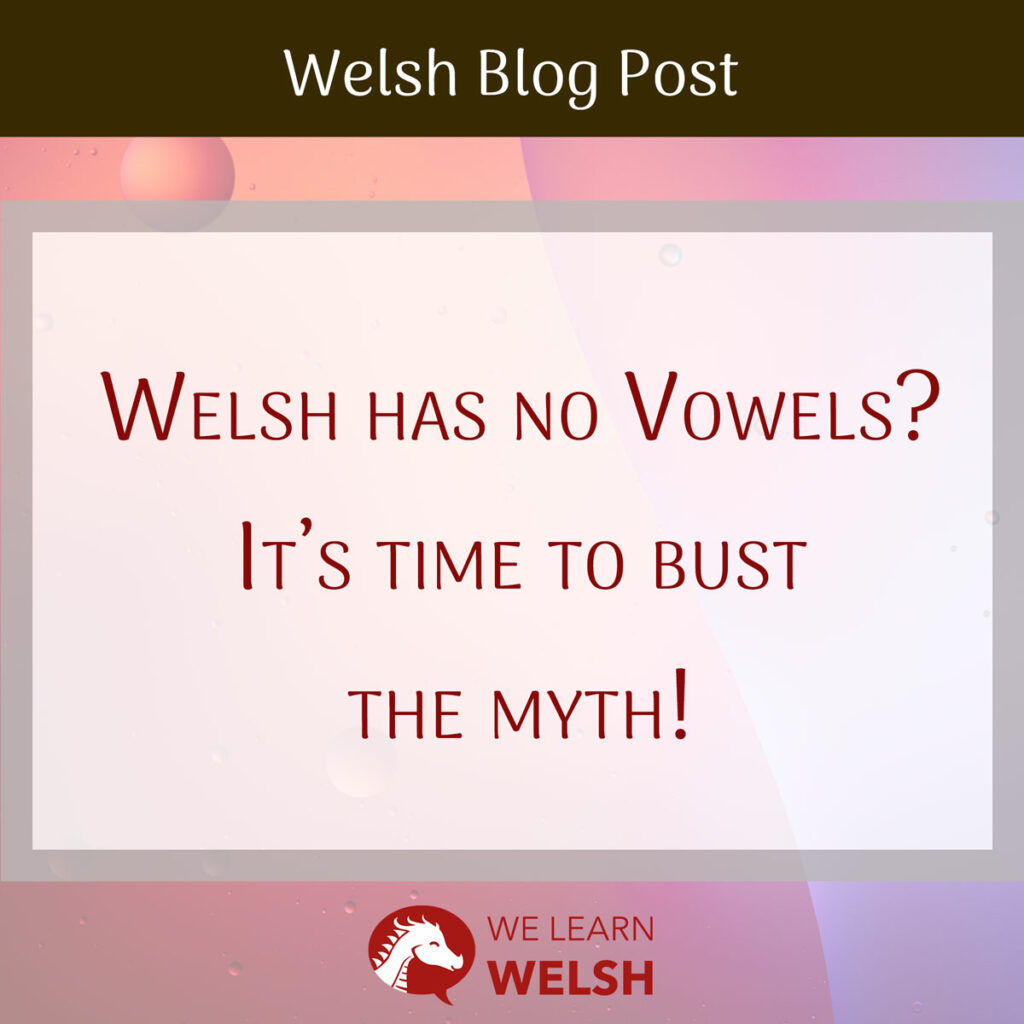Have you ever been talking to someone about Welsh, only for them to joke all-knowingly about the total absence of vowels in the language? I know I have, on more than one occasion!
It is, of course, a complete myth but it does raise the question: what perpetuated this tall tale in the first place? Is it wilful ignorance, or is there more to the story than meets the eye?

Before we go any further, we should first clarify the definition of ‘vowel’ as opposed to ‘consonant.’ A vowel is a sound produced with the vibration of the vocal cords without any audible friction caused by the lips, tongue, mouth or throat. Being so sonorous, they exist in all spoken languages, even if the spelling of certain words might suggest otherwise. They are the vital glue that stick consonants together!
Consonants, on the other hand, are produced when breath is obstructed by some part of the mouth. Clusters of these consonants can exist together – for example, ‘scr’ and ‘mp’ in the word ‘scrimp’ – but they are always broken up by a vowel at some point – in this case, the ‘i’ sound sandwiched in between.
Many English speakers erroneously believe that we have just five vowel sounds whereas in fact, there are a whopping 20 in British English (Received Pronunciation)!
Just think about it: ‘a’ as in ‘apple’ is pronounced quite differently to either ‘a’ as in ‘walk’ or ‘ask’. Although we have just six letters to represent these vowels – a, e, i, o, u and sometimes y – they can be pronounced in various ways. (If you’re curious to know what all the sounds are, be sure to check out the helpful video below!)
We can think about Welsh in a similar way. Looking at the Welsh alphabet, there are actually more letters to represent vowels than in English: a, e, i, o, u, y, and w. These can be combined with accent marks, namely a circumflex (^) to lengthen their sound, a diaresis (¨) which indicates that a vowel located next to another vowel must be sounded separately, and an acute (´) which indicates unexpected stress.
What takes native English speakers by surprise is that ‘y’ and ‘w’ are designated vowels in Welsh. (In English, they’re considered semi-vowels rather than pure vowels.) The former can be pronounced ‘ee’ (beat), ‘i’ (bit) or ‘uh’ (bun), while the latter sounds like the ‘oo’ as in boot or the ‘u’ as in put depending on where they appear in a word
So if you see words such as…
- Cwmystwyth (a town in Ceredigion)
- ysbyty (hospital)
- cyswllt (a contact)
- ynys (island)
- gwyn (white)
…in isolation and have no experience learning Welsh, you might be forgiven for thinking that vowels are non-existent.
But even a brief glance at any Welsh sentence will reveal that most words are overflowing with vowels, both the traditional kind English speakers are well-acquainted with, as well as ‘y’ and ‘w’.
- deinosoriaid (dinosaurs)
- cystadleuaeth (competition)
- ceiniog (a cent)
- geiriaduron (dictionaries)
- haul (sun)
Well, hopefully that puts an end to the debate! Have you ever been told that Welsh has no vowels? If so, how did you respond?

